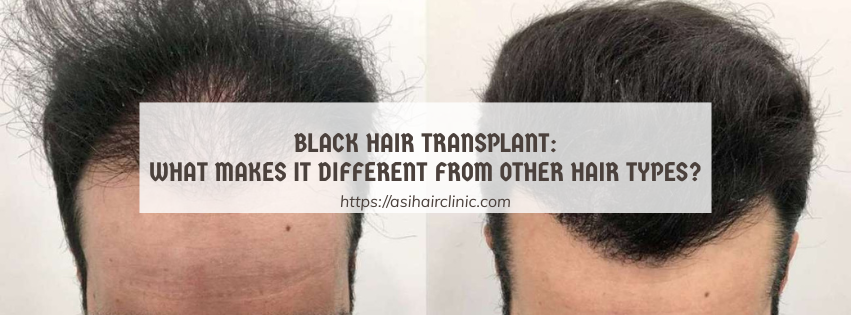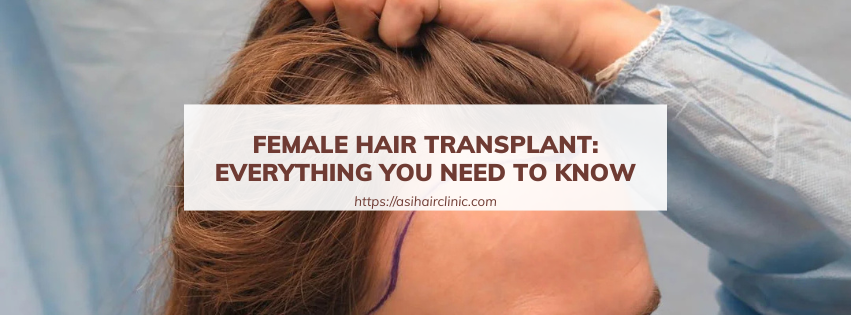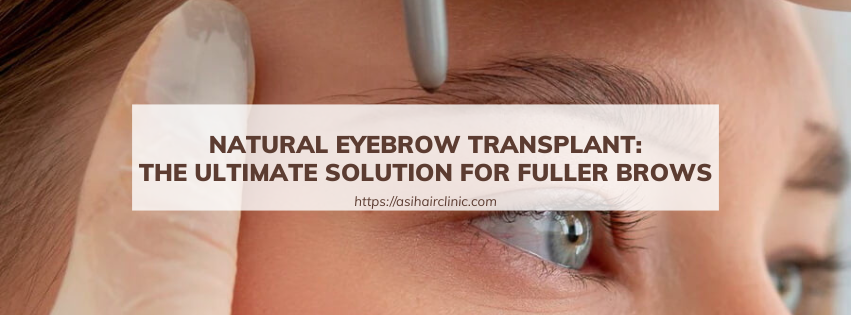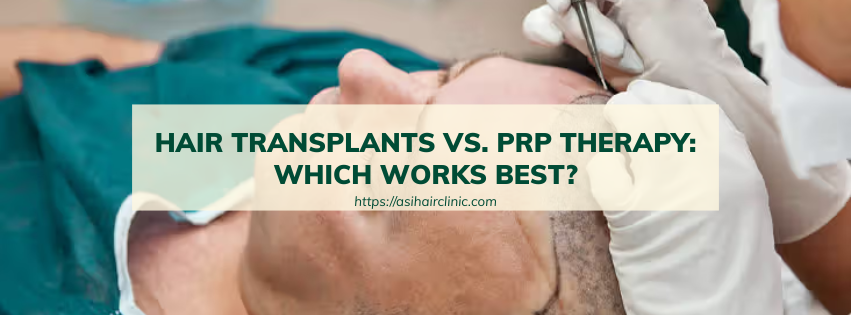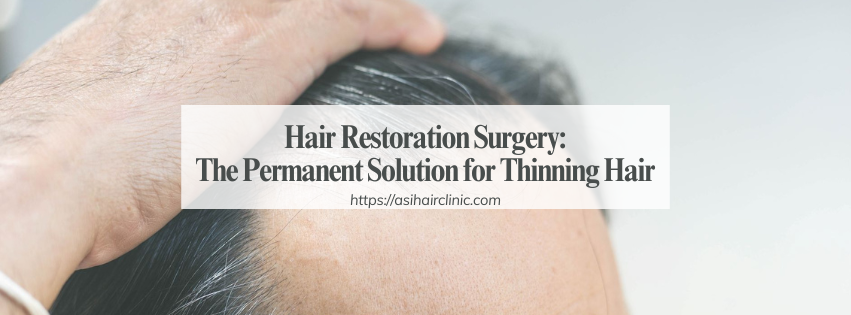How Does Hair Transplant Surgery Differ In Men And Women?
The experience of hair loss and the subsequent choices for restoration differ significantly between men and women. While hair transplant surgery is a powerful tool for both genders, the nuances of the procedure and the desired aesthetic outcomes are distinct. This article delves into the differences in hair transplant procedures for men and women, exploring the unique challenges and considerations involved in achieving natural-looking and fulfilling results.
1. Understanding the Differences: The Anatomical and Hormonal Factors at Play
1.1. Hair Growth Patterns
- Male Pattern Baldness: Male pattern baldness (MPB) is characterized by a specific progression of hair loss that typically begins with a receding hairline and thinning at the crown. This condition is primarily driven by genetic factors and hormonal changes, particularly the influence of dihydrotestosterone (DHT). DHT is a derivative of testosterone that binds to hair follicles, leading to their miniaturization over time. As a result, men often experience a well-defined pattern of hair loss, which can be effectively addressed through hair transplant surgery.
- Female Pattern Hair Loss: In contrast, female pattern hair loss (FPHL) presents differently. Women generally experience a more diffuse thinning of hair across the scalp rather than localized bald spots. This type of hair loss can be attributed to a combination of genetic predisposition, hormonal fluctuations, and aging. Unlike men, women retain their frontal hairline, making the aesthetic goals of hair restoration surgery different. The aim for women is often to increase overall density rather than recreate a specific hairline.
- Implications for Surgical Approach: These differing patterns necessitate tailored surgical approaches. For men, the focus may be on restoring a defined hairline and addressing crown thinning. For women, the strategy often involves distributing grafts more evenly across the scalp to enhance overall volume and density. Surgeons must consider these variations when planning the procedure to ensure satisfactory results for each gender.
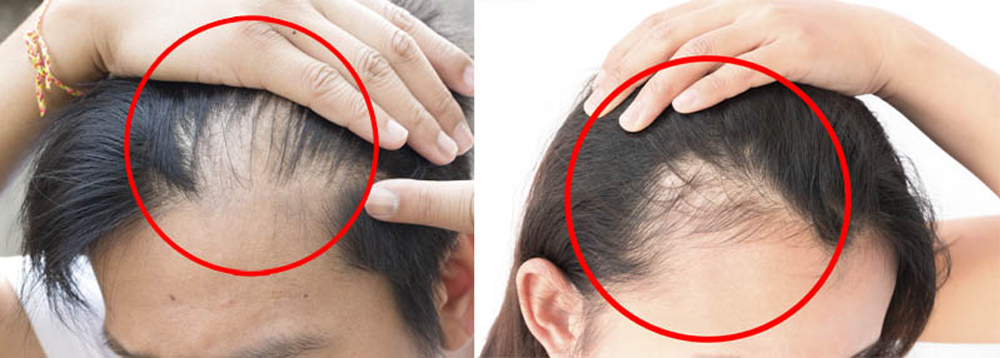
1.2 Scalp Anatomy
- Density and Texture: The anatomical differences between male and female scalps also play a crucial role in hair transplant surgery. Women generally have finer, softer hair and a denser scalp than men. This difference in hair texture means that the surgeon must take care to select donor hairs that will blend seamlessly with existing hair. Additionally, the density of hair follicles in the donor area can vary, impacting the number of grafts available for transplantation.
- Healing and Recovery: Scalp anatomy influences not only the surgical technique but also the healing process. Women may experience different recovery times due to varying skin elasticity and blood supply in the scalp. Understanding these factors helps surgeons anticipate potential complications and tailor post-operative care accordingly.
- Aesthetic Considerations: The aesthetic goals for hair restoration also differ based on scalp anatomy. For men, achieving a strong, masculine hairline is often a priority, while women may prioritize a softer, more natural appearance. These preferences guide the design of the hairline and the distribution of grafts during the procedure.
2. Hair Transplant Surgery: FUE vs. FUT
2.1. Follicular Unit Extraction (FUE)
- Overview of FUE: Follicular Unit Extraction (FUE) is a minimally invasive hair transplant technique that has gained popularity among both men and women. In this method, individual hair follicles are extracted from the donor area using a specialized punch tool. The extracted follicles are then transplanted to the recipient area. FUE is favored for its reduced scarring and quicker recovery time compared to traditional methods.
- Advantages for Women: For women, FUE offers several advantages. The minimal scarring associated with this technique is particularly appealing, as women often prefer to wear their hair long. Additionally, FUE allows for greater precision in graft placement, enabling surgeons to create a more natural-looking hairline. This technique is especially beneficial for women with diffuse thinning, as it allows for a more even distribution of grafts.
- Limitations of FUE: Despite its benefits, FUE does have limitations. The procedure can be time-consuming, especially if a large number of grafts are required. Furthermore, the skill of the surgeon plays a significant role in the success of FUE, as improper extraction techniques can damage hair follicles and reduce survival rates.
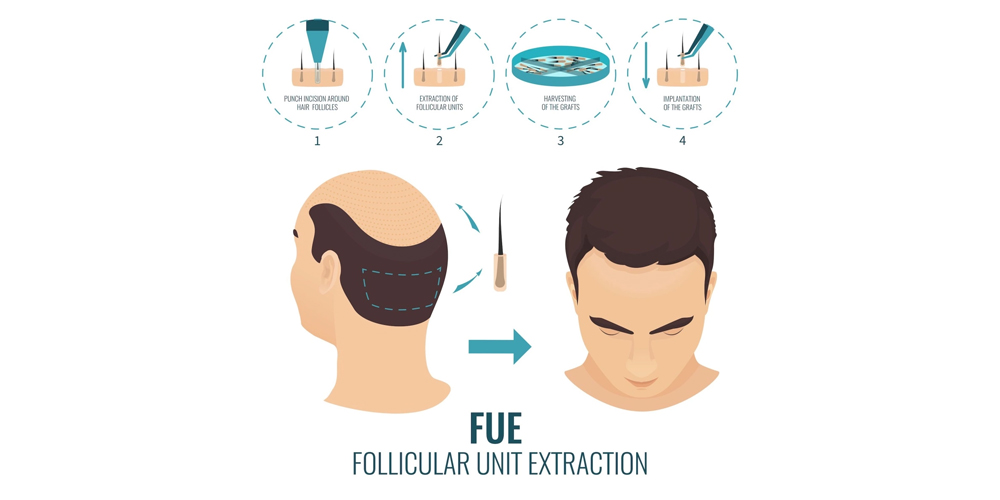
2.2. Follicular Unit Transplantation (FUT)
- Overview of FUT: Follicular Unit Transplantation (FUT), also known as strip harvesting, involves removing a strip of scalp from the donor area, from which individual follicular units are dissected. This method allows for the extraction of a larger number of grafts in a single session, making it a suitable option for individuals requiring extensive coverage.
- Advantages for Men: Men often benefit from FUT due to the ability to harvest a higher number of grafts in one sitting. This is particularly advantageous for those experiencing advanced stages of male pattern baldness. Additionally, FUT can provide a robust donor supply, ensuring that enough grafts are available for successful transplantation.
- Limitations of FUT: However, FUT is not without its drawbacks. The linear scar left in the donor area can be a concern for some patients, especially those who prefer shorter hairstyles. Moreover, the recovery period may be longer than with FUE, as the incision site requires time to heal.
2.3. Choosing the Right Technique
- Factors Influencing Technique Selection: The choice between FUE and FUT ultimately depends on various factors, including the extent of hair loss, the patient’s hair characteristics, and personal preferences. Surgeons must conduct thorough consultations to determine the most appropriate approach for each individual.
- Gender-Specific Considerations: Gender-specific considerations also come into play when selecting a technique. Women may lean towards FUE due to its cosmetic advantages, while men may opt for FUT for its efficiency in harvesting larger grafts. Ultimately, the decision should align with the patient’s goals and lifestyle.
3. Psychological Impact of Hair Loss
3.1. Emotional Consequences of Hair Loss
- Self-Esteem and Confidence: Hair loss can have profound emotional consequences for both men and women. Many individuals associate their hair with youthfulness and attractiveness, leading to decreased self-esteem and confidence when faced with thinning or balding. Men may feel pressure to conform to societal standards of masculinity, while women often grapple with cultural ideals of beauty that emphasize long, thick hair.
- Social Perceptions: The social perceptions surrounding hair loss also differ between genders. Men may face teasing or ridicule for baldness, while women may experience stigma and judgment for their changing appearance. These societal pressures can exacerbate feelings of inadequacy and isolation, highlighting the importance of addressing the psychological aspects of hair loss in treatment plans.

3.2. The Role of Hair Restoration
- Empowerment through Restoration: Hair restoration procedures, such as hair transplant surgery, can empower individuals to regain control over their appearance. For many, the prospect of restoring lost hair represents a chance to reclaim their identity and boost their self-confidence. The psychological benefits of hair restoration extend beyond aesthetics, positively impacting mental health and overall quality of life.
- Support Systems: Support systems play a crucial role in the journey towards hair restoration. Encouragement from friends, family, and support groups can help individuals navigate the emotional challenges associated with hair loss. Open discussions about experiences and feelings can foster understanding and acceptance, creating a supportive environment for those considering hair transplant surgery.
4. Post-Operative Care and Expectations
4.1. Immediate Post-Operative Care
- Instructions for Recovery: Following hair transplant surgery, patients receive specific post-operative care instructions to promote healing and optimize results. These guidelines may include avoiding strenuous activities, refraining from touching or scratching the scalp, and adhering to prescribed medications to manage discomfort and prevent infection.
- Monitoring for Complications: Surgeons closely monitor patients for potential complications, such as excessive swelling, bleeding, or signs of infection. Prompt identification and intervention are essential to ensure a smooth recovery process. Patients should maintain open communication with their surgical team and report any unusual symptoms promptly.
4.2. Long-Term Care and Maintenance
- Hair Growth Timeline: Understanding the hair growth timeline following a transplant is crucial for managing expectations. Initially, transplanted hair may shed within the first few weeks, leading to concerns about the success of the procedure. However, new hair growth typically begins within three to six months, with full results becoming apparent after 12 to 18 months.
- Ongoing Maintenance: To maintain optimal results, patients may need to incorporate ongoing hair care practices into their routines. This may include using specialized shampoos, avoiding harsh chemicals, and adopting a healthy lifestyle to support hair health. Regular follow-up appointments with the surgeon can help monitor progress and address any concerns.
4.3. Realistic Expectations
- Setting Goals: Setting realistic goals is essential for a positive hair restoration experience. Patients should engage in open discussions with their surgeons about their desired outcomes and understand the limitations of the procedure. Achieving a natural-looking result requires careful planning and collaboration between the patient and the surgical team.
- Embracing Change: Ultimately, embracing change and accepting the journey of hair restoration is vital for emotional well-being. Individuals should celebrate their progress and focus on the positive aspects of their transformation, fostering a sense of empowerment and renewed self-confidence.
Conclusion
In conclusion, hair transplant surgery is a valuable solution for addressing hair loss in both men and women. However, the differences in hair loss patterns, scalp anatomy, surgical techniques, and psychological impacts necessitate tailored approaches to achieve optimal results. By understanding these distinctions and working closely with skilled surgeons, individuals can navigate their hair restoration journeys with confidence, ultimately regaining not only their hair but also their self-esteem and sense of identity. Whether through FUE or FUT, the art of hair restoration continues to evolve, offering hope and renewed vitality to those affected by hair loss.
#hairtransplantsurgery #FUEhairtransplant #FUThairtransplant
LATEST POSTS

